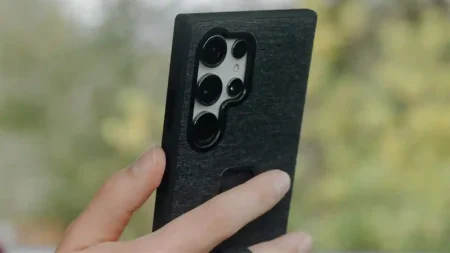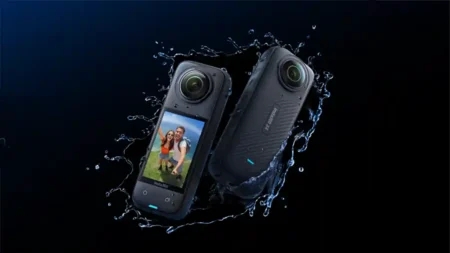The monopod sometimes gets stigmatised as a cheaper, less stable alternative to the proper photographer’s tripod. But this is one of the greatest myths in photography.
As any photographer who’s been around the block (or racetrack) and he or she will tell you that a monopod is one of the most vital pieces of kit in a photographer’s arsenal. So why should you use a monopod instead of a tripod? Let’s start with…
Who uses a monopod?
Monopods are typically used by sports and music photographers. This is because when you photograph these subjects you are usually shooting in low or mixed lightwith a telephoto lens mounted to your camera.
These are classic situations where camera shake can spoil your images, so you need some kind of stability for your camera. However, it’s not practical – nor sometimes allowed – to bring a tripod into a rock gig or the sidelines of a basketball game.
Why use a monopod?
Photographers like to use monopods because they fold up compactly and can be carried into crowded events discreetly and extended when needed.
And when you do need to use your monopod, they are much less obtrusive than a tripod that extends outward in three directions!
A monopod gives you just enough support in these crowded, low-light situations to work at shutter speeds up to a couple stops slower than you’d be able to achieve if shooting handheld.
What’s more, using a monopod is beneficial for your back. When you’re in the moment, fixated on your work you may not notice it, but handholding a camera with a large lens is quite taxing on your body over a long period of time.
Using a monopod gives your arms and back a much-needed rest in between the the breaks in the action.
Another reason why you might use a monopod is to use its height advantages to capture images at angles you might not normally be able to achieve. Hoisting your monopod over your head allows you to capture a sort of poor man’s aerial photography for more interesting perspectives on familiar scenes.
The downside of doing this, of course, is you have no way to adjust your exposure settings, let alone compose an image, but this is often a fun technique to try. Sometimes you can end up with very striking results!
Remember, though: the only way to a get a shot like this is to use your camera’s self-timer to fire the shutter.
How to use a monopod
1. Most monopods will don’t come with a head like tripods do. Because they are typically used with long lenses, monopods often come with a built-in tripod collar, and a monopod screws into the bottom of this.
2. Once your camera is mounted to the monopod it’s then a case of angling your body to the best position in which to keep it stable. Most photographers will hold a monopod upright with both hands in front of their body. Then spread your feet slightly apart. This creates a tripod shape with your body and adds extra support.
3. You can also place the base of a monopod against the back of your foot. The length of the monopod then rests against your leg and is further supported by one arm holding it close to your side and the other on the camera. This is a particularly useful technique in gig venues where spilled beer can make the floor slippery.



